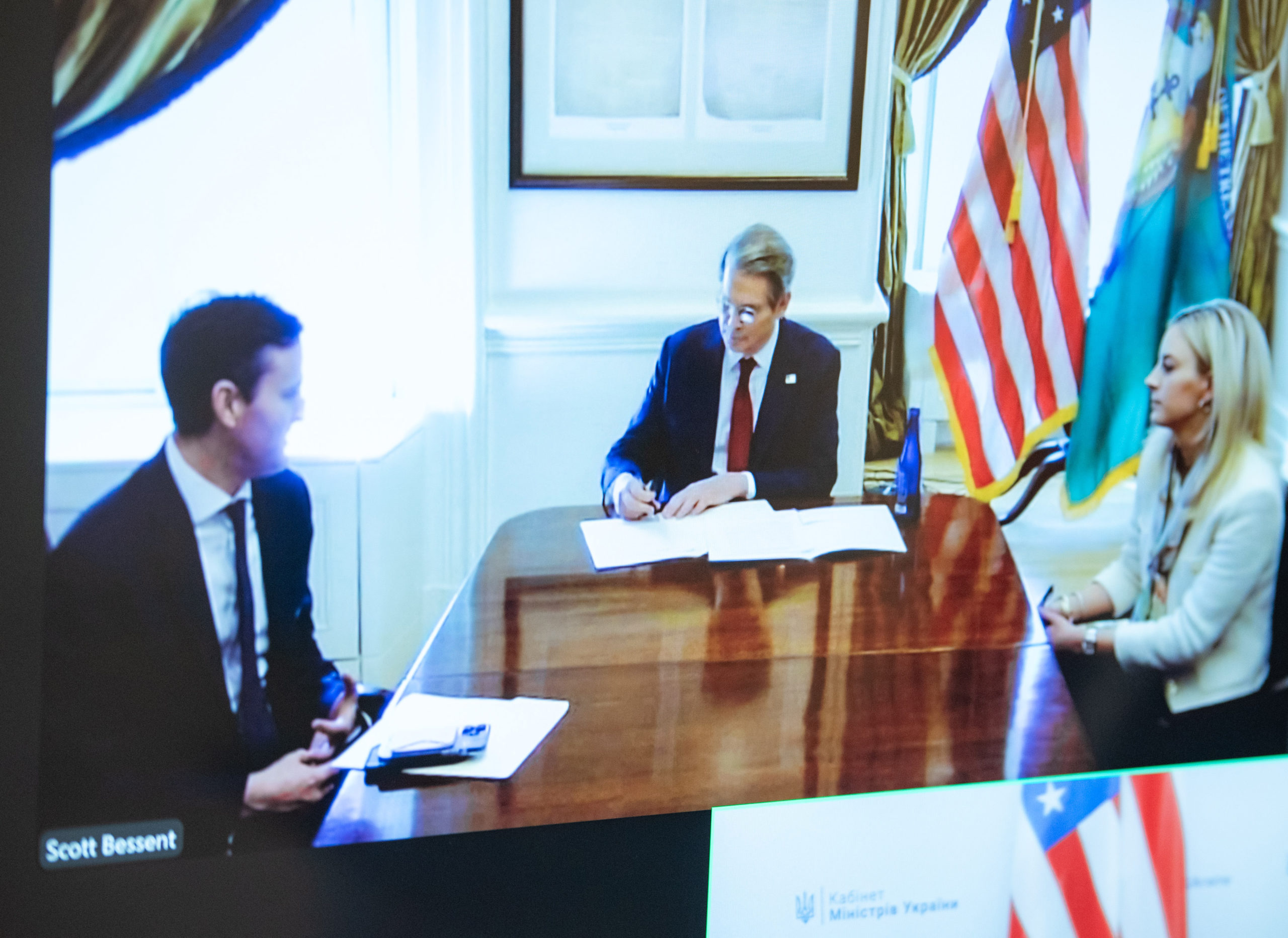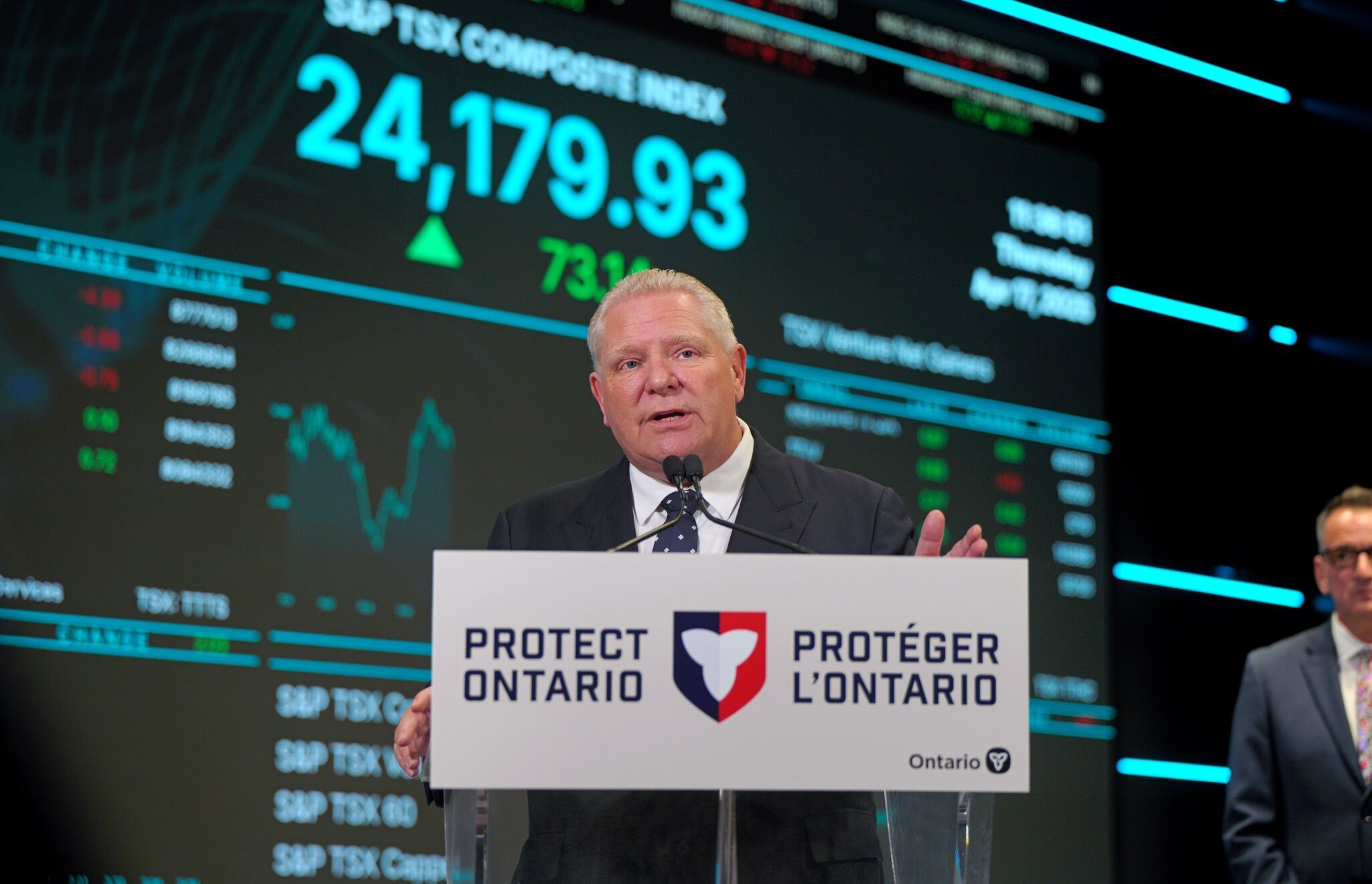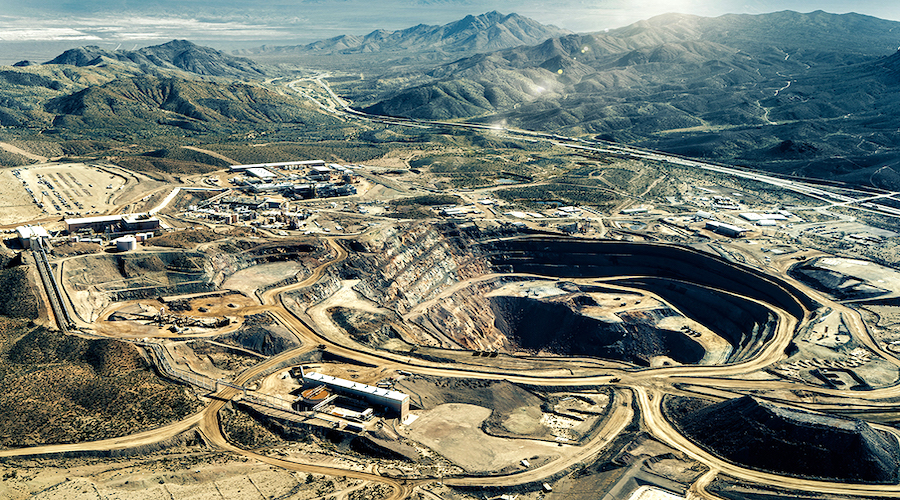Rarest element in REE debate is rationality
News from unnamed sources that quoted unnamed analysts that China has started stockpiling rare earths had the industry buzzing this week.
But unfortunately none of it had the desired effect and the stocks of REE miners and explorers continue to languish at post 2011-bubble levels and efforts by the industry lobby to receive special treatment and protection are still failing to register.
Mineweb on Friday quoted an unnamed state-owned newspaper as reporting “the Chinese government is awarding state funds for interest-free loans for the strategic buying of heavy rare earth oxides to stockpile because concerns that reserves are running low.”
Mineweb and other news outlets including AFP and technology publication Wired repeated quotes from the same “Shanghai-based metals analyst, who declined to be named”.
This analyst’s insights – reported to have first appeared in China Securities Journal but cannot be found on the English version of the site – were limited to “prices of rare earths are now at low levels, so China definitely wants to build strategic reserves at this time,” and “the other reason is that China hopes to control rare earth prices within a reasonable range, so as to encourage the long-term, healthy development of downstream industries”.
It did not take long for the industry to react and Mineweb quotes a statement from the US Magnetic Materials Association (USMMA)– strangely absent from the body’s official site – that that stockpiling ‘announcement’ is “further confirmation of the need for a non-China dependent, domestic and allied nation rare earth supply chain.”
Nothing wrong with these statement except for the fact that none of it is news.
China announced in May and again in a white paper released on 20 June that they are looking at building up strategic stockpiles because illegal mining and fifty years of exploitation have left reserves dangerously low.
Chinese officials even stated in the preface of its REE policy document that “some countries have been particularly fretful about the situation of China’s rare earth industry and related policies, doing a lot of guesswork and conjuring up many stories.”
A recent report by state news agency Xinhua paints a particularly grim picture of China’s rare earth industry which belies the notion, held by many in the West, that China’s crackdown has more to do with managing supply and extracting lofty profits than it is about cleaning up a notoriously dirty business.
China mines roughly 95% of the world’s rare earths and is also the globe’s top consumer, but the country holds only 23% of global REE reserves and is actively encouraging others nations to explore and mine REEs.
The country’s export restriction on rare earths is currently before the World Trade Organization after the EU, Japan and the US complained and at the end of June the US asked that the WTO charges be referred to a “dispute resolution panel”.
But what promised to be a precedent-setting case about trade with China now looks like something of a meaningless exercise.
In May Chinese authorities added 10,680 tonnes to the country’s export allowance on the top of the 10,546 tonnes it had already allocated to 11 state-sanctioned miners this year.
But during the first quarter China only exported about 2,770 tonnes of rare-earth oxides – 26.3% of the initial quota according to customs data. Compared to last year that is a 70% drop in demand. It said at the start of the year that it will keep the allocation for the entire year at just over 30,000 tonnes.
The slump in prices of REEs is as dramatic as the decline in volumes.
Some more abundant rare earth elements such as lanthanum have crashed by more than 70%. While heavy and scarcer REEs such as dysprosium have generally held up better, many have also experienced price declines of 50% or more.
This has not stopped lawmakers in the US from viewing rare earths – employed in critical components of the automotive, high tech, green energy and defence industries – as a national security issue and the industry worthy of special treatment.
Some have even called into question an official report from the Pentagon that showed that even at the height of China’s clampdown US defence contractors never faced a shortage of rare earths.
Read >> China’s rare earth quotas are a joke. 74% of oxides never left port this year
Read >> Rare earth mining in China: Low tech, dirty and devastating
Read >> Rare earthquake: May last year Molycorp investors were $5.5 billion richer
Read >> Benign neglect: Black Ops II, Obama and Molycorp
Read >> We need to talk about how rare earth prices are imploding
Priced to sell
Although prices appeared to have bottomed out during the second quarter the fall in the value of REEs have been nothing if not spectacular. Abundant, less valuable REEs have experienced the sharpest reversals.
Lanthanum oxide – used in ceramics and fuel catalysts – for example rose from a price of just $8.71/kg in 2008 to $117/kg in the third quarter of 2011. At the start of 2012 it had pulled back to $66/kg. Now it has halved again – on Monday a kilogram of lanthanum could be picked up for $20. That’s a 70% collapse in less than a year. And consider that inside China that same kilogram costs $11.32.
When export prices of lanthanum were at record highs of $117/kg domestic Chinese prices were less than $20. That differential has gone from almost 10 times to less than double.
This price behaviour can be seen across the board: cerium oxide, used to polish TV screens and lenses, is now also trading at $21 from all-time highs of $118 in the September quarter last year and just under $60 in Q4. In 2008 the price for cerium oxide was $4.56.
Heavy and scarcer REEs have generally held up better, but some have experienced price declines of 50%.
Neodymium oxides, used in windmills, have seen a dramatic slump – from $338/kg in Q3 2011 to $115/kg as of 2 July.
A hybrid vehicle ingredient, dysprosium, rocketed from a price of $118.49/kg in 2008 to $921.20/kg in the third quarter of 2011 and $2,262/kg by September last year.
Dysprosium, also used in conjunction with vanadium and other elements in making laser materials, has now given up more than $1,000 per kilogram and went for $1,000 this week. The price is also now much more in line with domestic Chinese prices of $613/kg.
The reversal in europium oxide – the priciest REE which is used in medical imaging and the nuclear and defence industries – has been most startling.
The price of europium increased almost 10-fold from $492 in 2009 to average $4,900 in the third quarter of 2011. Three months later it dropped $1,200 in price and is now worth $2,020 a kilogram. Chinese domestic europium is another $900 cheaper at $1,100/kg.
More News
Ukraine-US sign memorandum on minerals deal
April 17, 2025 | 03:05 pm
Ontario promises to cut red tape for critical mining projects
April 17, 2025 | 01:48 pm
MP Materials halts exports to China
The move follows Chinese restrictions announced earlier this month.
April 17, 2025 | 01:32 pm
{{ commodity.name }}
{{ post.title }}
{{ post.date }}




Comments